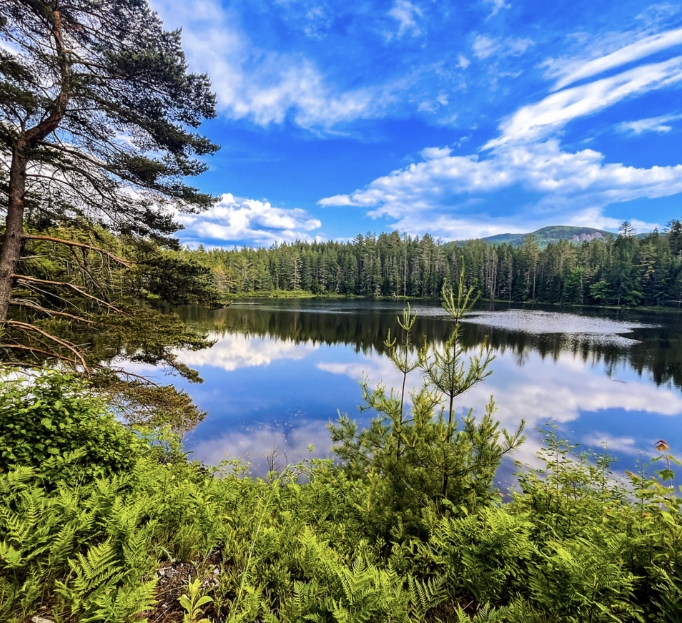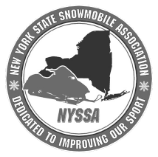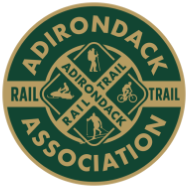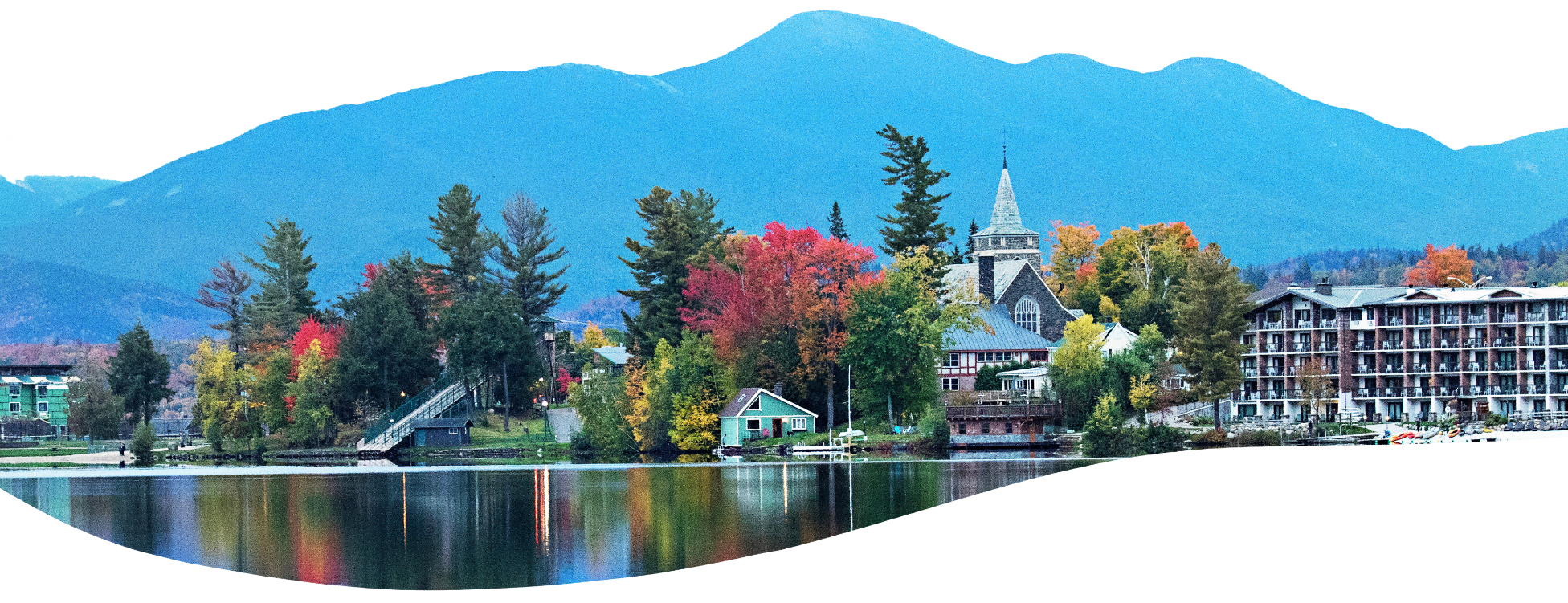
Rich history
Embark on a journey through time
as you explore the history of the Adirondack Rail Trail, a captivating route that weaves through the heart of the Adirondack Park. This trail, born from a rich railroading heritage, follows the tracks of the historic Adirondack Division of the New York Central Railroad. Once a vital lifeline connecting the region’s remote communities and industries, these tracks transported lumber, minerals, and eager travelers, shaping the area’s development.

Over the years
Over the years, as the demand for rail transportation waned, the tracks fell into disuse, leaving behind
A corridor brimming with untapped potential.
In the spirit of preservation and community enrichment, the predecessor organization to ARTA, the Adirondack Recreational Trail Advocates, worked with the State and local communities to transform this historic rail corridor into a vibrant multi-use recreational trail that honors its past.
The history
The Remsen-Lake Placid Travel Corridor (Corridor) is a railroad right-of-way approximately 119 miles long and generally 100 feet wide. Constructed in 1892 by William Seward Webb, the line was operated continuously by the New York Central Railroad, and then the Penn Central Railroad, until freight service ceased in 1972. In 1974, the Corridor was purchased by New York State. In 1977, the State leased the line to the Adirondack Railway Corporation. After the bankruptcy of the lessee, and following a long period of litigation, the State acquired the remainder of the lease in 1991. Later in 1991, an Interdepartmental Task Force (or planning team) composed of representatives of the New York State Department of Transportation (NYS DOT), the New York State Department of Environmental Conservation (NYS DEC) and the Adirondack Park Agency (NYS APA) was formed to develop a Unit Management Plan (UMP) for the 119-mile Remsen-Lake Placid Corridor. Three public forums were held in October of that year to assess public opinion regarding the Corridor’s future. More than five hundred individuals attended the forums and nearly one hundred of them gave spoken comments. The written and spoken comments were overwhelmingly in support of: resumption of full rail service between Remsen and Lake Placid, and recreational use of the Corridor, particularly by snowmobiles.
Timeline overview
1892
Remsen-Lake Placid Travel Corridor was constructed
1974
The Corridor was purchased by New York State
1991
A team to compose a management plan for the use of the Corridor was established
1995
The Final Plan was completed in September
2020
the Unit Management Plan was amended
1972
Freight service ceased
1977
The State leased the line to the Adirondack Railway Corporation
1994
The Planning Team completed the Draft Remsen-Lake Placid Corridor Management Plan/EIS
1996
the Unit Management Plan was approved
2025
Expected completion of the Adirondack Rail Trail
Following the forums, the Commissioners of NYS DOT and NYS DEC appointed a twenty-four member Citizen Advisory Committee (CAC) to consult with the Task Force in the development of the UMP. Membership of the CAC included representatives of each of the counties crossed by the Corridor, members of the business community, landowners, sportsmen, environmentalists, railroad interests and recreationists.
The Planning Team completed the Draft Remsen-Lake Placid Corridor Unit Management Plan/EIS in consultation with the Citizen Advisory Committee in September, 1994. Following public review, the Final Plan was completed in September of 1995, the Unit Management Plan was approved in 1996 and amended in 2020 the result is a compromise.
NYS DOT is rehabilitating the Remsen to Tupper Lake segment of the Corridor for train use. Public access and use of the Remsen to Tupper Lake segment under NYS DOT’s jurisdiction is managed by NYS DOT. The 34-mile Lake Placid to Tupper Lake segment of the Corridor, is managed by NYS DEC for recreational activity, public safety, and construction and maintenance of the Adirondack Rail Trail.

Today, the Adirondack Rail Trail stands as a testament to vision, determination, and collaboration.



The future
ITS COMPLETED SECTIONS OFFER
breathtaking views of the Adirondack wilderness, charming towns, and opportunities to connect with local culture. As we continue to work diligently towards the trail’s completion, we invite you to become a part of its history, experiencing the journey that celebrates the natural splendor and storied past of the Adirondacks.
OUR PARTNERS










